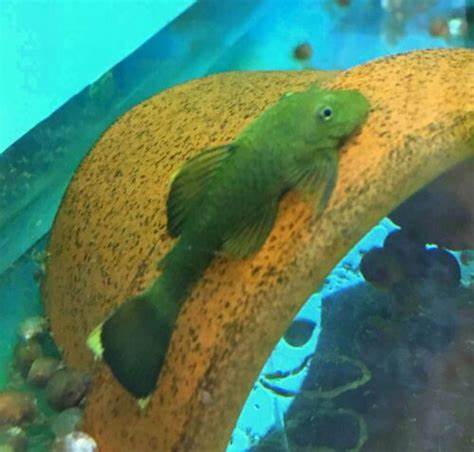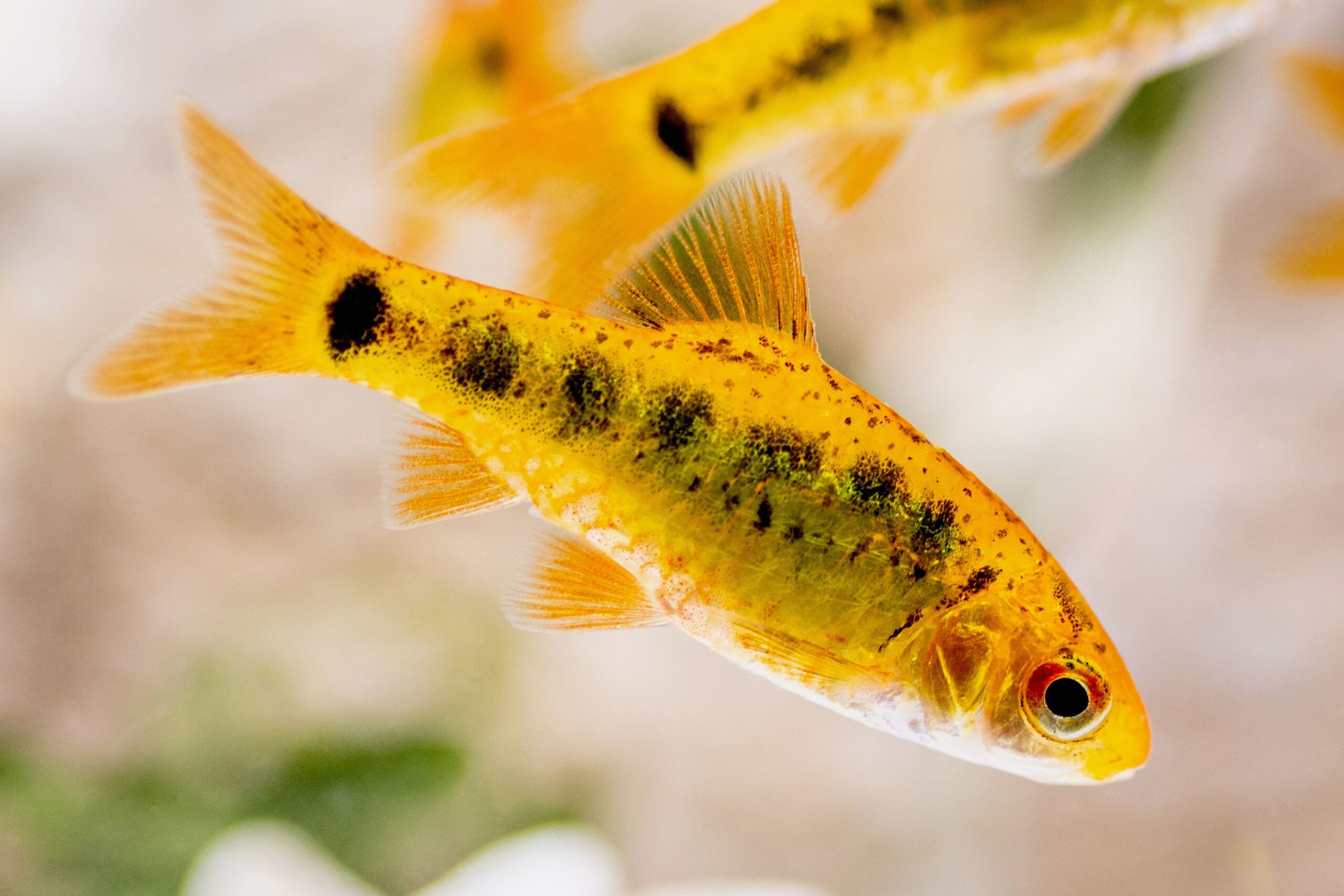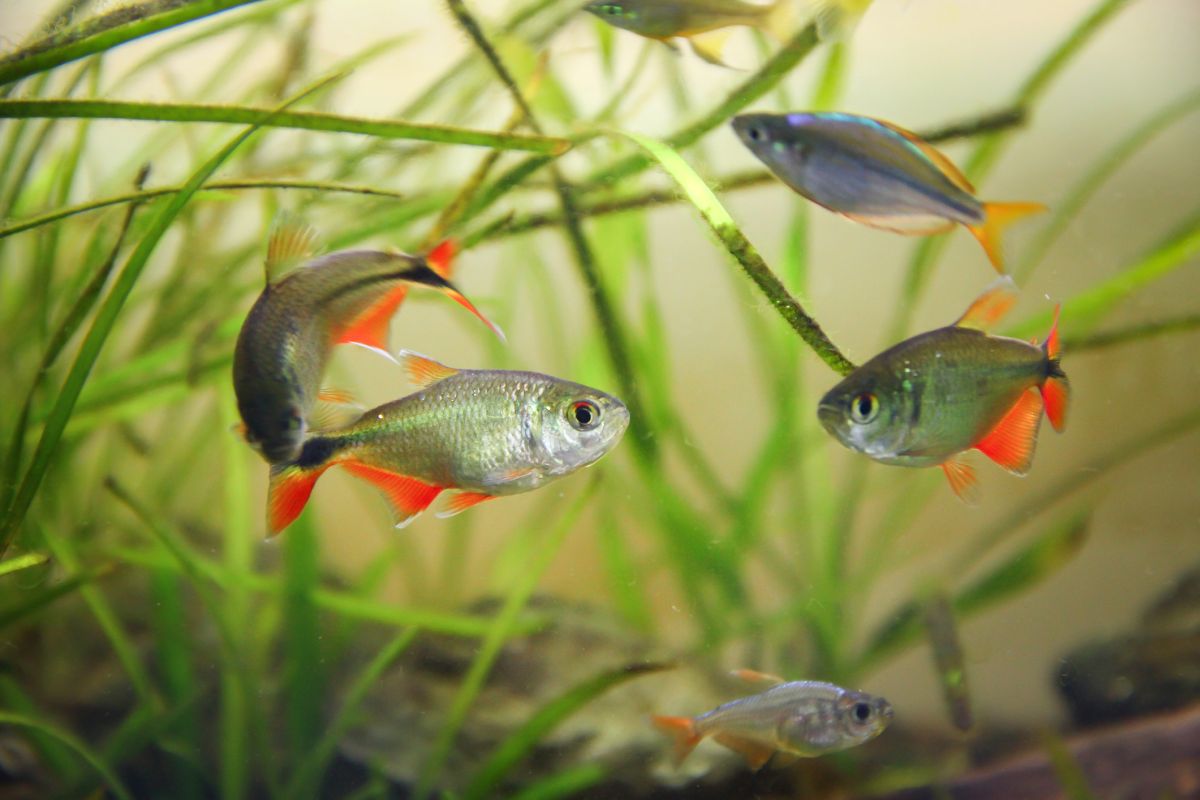The Blue Peacock Cichlid (Aulonocara Nyassae) is a stunning species known for its vibrant colors and peaceful nature. Here’s a more structured overview of this species based on the provided information:
Key Information:
- Size: 3.5 to 7 inches
- Temp Range: 74°F to 82°F (23°C to 28°C)
- pH Level: 7.8 to 8.5
- Lifespan: 5 to 12 years
- Tank Size: Minimum 45 gallons
- Diet: Pellet, flake, and frozen foods
- Difficulty: Easy to Moderate
Geographic Origin:
The Blue Peacock Cichlid is native to Lake Malawi, located in East Africa, specifically in Tanzania, Malawi, and Mozambique. They are commonly found in the rocky areas of the lake’s sandy bed.
Preferred Environment:
- Substrate: A sandy or fine gravel substrate is ideal, as this mimics their natural habitat.
- Rockwork: The tank should have plenty of rocks, some of which can be stacked to create caves and hiding spaces. These fish enjoy having areas to retreat to when needed.
- Swimming Space: While they like rock structures, they also need ample open space to swim freely.
- Algae Grazing: Blue Peacock Cichlids graze on algae, so it is beneficial to allow algae to grow in the aquarium.
Compatibility:
- These fish are relatively peaceful but can become territorial, especially males when they are kept with other males of the same species.
- It is best to keep a group of one male and two or three females.
- They are generally peaceful with other fish of similar size, making them suitable for a community tank. However, aggression can increase if they feel crowded or stressed.
Sexing:
- Males are larger, bright yellow with vivid blue hues on their body and head. During breeding, their colors become even more intense.
- Females are typically smaller, with a more muted brown and gray body, featuring softer blue tones.
Behavior:
- Blue Peacock Cichlids are active swimmers that enjoy foraging the substrate for food and grazing on algae.
- They are relatively peaceful but can be more aggressive towards each other in tight spaces.
Breeding:
- Breeding can occur in a community tank if there are sufficient hiding spots for the fry.
- The female will hold the eggs in her mouth until they hatch, a characteristic of mouthbrooding cichlids.
- Fry are relatively large compared to other cichlids, and they can be fed crushed flake food or baby brine shrimp.
- After hatching, the female protects the fry, allowing them to swim into her mouth if threatened. The male has no role in caring for the fry.
Care Recommendations:
- Tank Size: A 45-gallon tank is the minimum for a Blue Peacock Cichlid. If you plan on keeping multiple individuals, opt for a larger tank to accommodate their territorial nature.
- Water Parameters: Maintain a slightly alkaline pH (7.8 to 8.5) and temperatures ranging from 74°F to 82°F.
- Diet: Offer a balanced diet with pellet, flake, and frozen foods. They can also graze on algae in the tank.
- Regular Maintenance: Keep the water clean and stable. They do best in well-maintained tanks with a filter to help maintain water quality.
This species is a great choice for both novice and intermediate aquarists, offering both beauty and interest without being overly demanding in terms of care. However, attention must be paid to their territorial behavior and specific water parameters.






Reviews
There are no reviews yet.